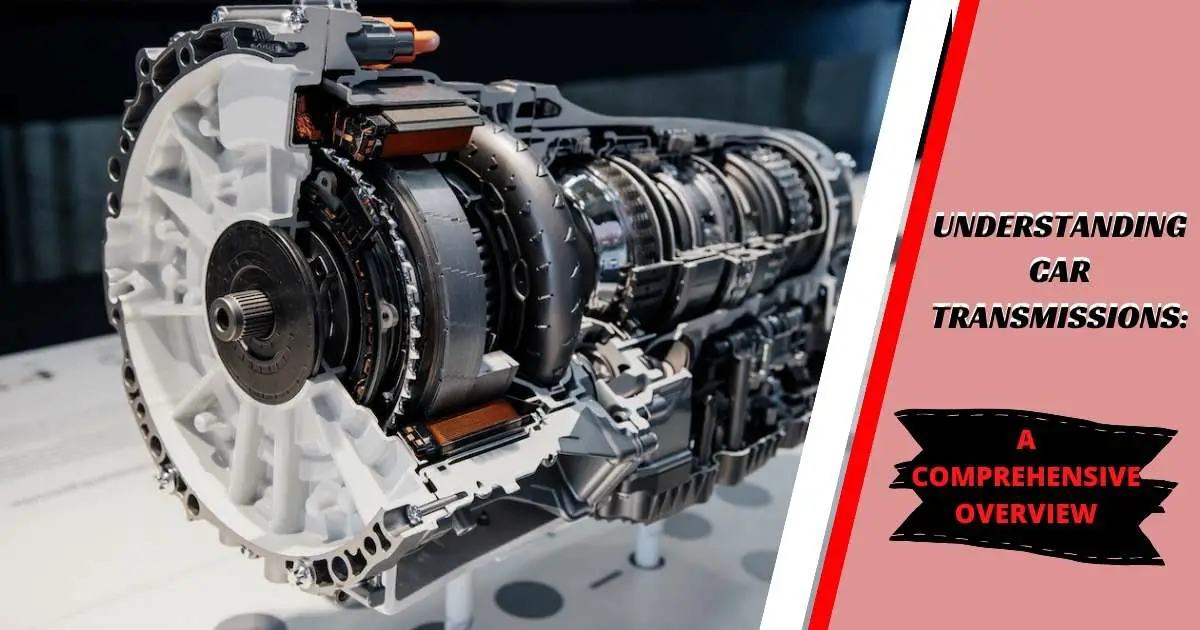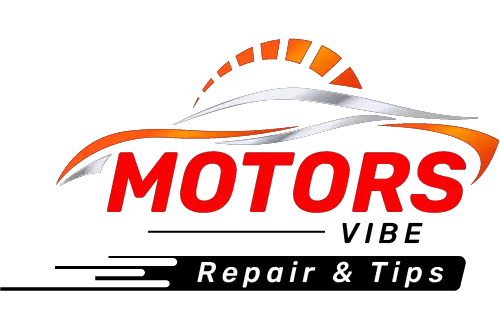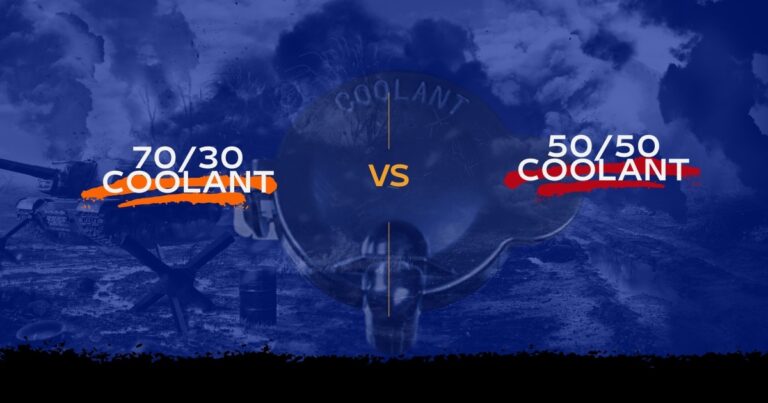Understanding Car Transmissions: A Comprehensive Overview
Modern internal combustion engines are composed of a precisely coordinated and intricate collection of components that allow them to operate seamlessly. Among the most crucial elements in a standard car engine is the transmission.
A car transmission plays a vital role in transferring power from the engine to the wheels, enabling the vehicle to move forward or backward at different speeds. In essence, the transmission acts as the intermediary that regulates the engine’s power output to match the driving conditions and the driver’s commands.
Basics of Car Transmissions
The car transmission is the system responsible for controlling the transfer of power from the engine to the wheels. It accomplishes this by adjusting the gear ratios to ensure that the engine operates within its optimal speed range while providing the necessary power for different driving conditions.
The primary function of a car transmission is to transfer power from the engine to the wheels, thereby enabling smooth acceleration, efficient fuel consumption, and reliable performance. Without a transmission, the engine would struggle to deliver power to the wheels, resulting in poor drivability and overall vehicle reliability.

How Transmissions Work
The transmission consists of a series of gears and other components that work together to transmit and adjust the power generated by the engine to meet the demands of driving conditions, such as acceleration, deceleration, and changes in terrain.
The transmission receives power from the engine, typically via a rotating shaft connected directly to the engine’s crankshaft. The transmission system or driver then selects the appropriate gear ratio based on the vehicle’s speed, load, and driving conditions.
When a gear is selected, the transmission engages corresponding sets of gears to establish a mechanical connection between the input and output shafts. This, in turn, helps transfer power from the engine to the wheels.
Depending on the gear ratio chosen, the transmission adjusts the rotational speed of the output shaft relative to the input shaft. Lower gears provide more torque for starting and climbing hills, while higher gears allow for higher vehicle speeds.
As the output shaft rotates, it drives the wheels, causing the vehicle to move forward or backward. That said, the driver may need to shift gears occasionally to meet varying speed changes or driving conditions. This continual adjustment of gear ratios ensures smooth acceleration and efficient power delivery to the wheels.
A well-functioning transmission ensures smooth operation by seamlessly shifting between gears without causing jolts or jerks. This is achieved through the use of hydraulic fluid or electronic controls that engage and disengage gears smoothly, allowing for a comfortable driving experience.
Types of Transmissions
Manual Transmissions
A manual transmission is a type of transmission system that requires the driver to manually select and engage gears using a gear selector and clutch pedal. This hands-on approach offers drivers more control over the vehicle’s performance, plus it provides a more engaging driving experience.
How a Manual Transmission Works
The process of shifting gears starts with the driver pressing down on the clutch pedal, usually located to the left of the brake pedal. Pressing the clutch pedal releases the pressure on the clutch disc, disengaging it from the engine’s flywheel. This action interrupts the power flow from the engine to the transmission, allowing the gears to be shifted without causing damage to the transmission components.
When the clutch is disengaged, the input shaft of the transmission continues to rotate, but it’s no longer connected to the engine. With the clutch pedal depressed, the driver moves the gear selector, also known as the gear stick or shifter, to the desired gear position.
The gear selector typically has a diagram indicating the gear positions, which may include positions for first gear, second gear, third gear, fourth gear, fifth gear, and sometimes reverse. Each gear position corresponds to a different combination of gears engaged within the transmission, which provides different ratios of engine speed to wheel speed.
Once the gear selector is in the desired gear position, the driver slowly releases the clutch pedal while gradually applying pressure to the accelerator pedal. As the clutch pedal is released, the pressure plate engages with the clutch disc, reestablishing the connection between the engine and the transmission.
As the clutch engages, power from the engine is transmitted through the input shaft of the transmission to the selected gear. This gear meshes with the corresponding gears in the transmission, enabling power to be transmitted from the input shaft to the output shaft, and ultimately to the wheels.
The speed at which the driver releases the clutch pedal must be synchronized with the engine speed and vehicle speed to ensure a smooth transition between gears. If the clutch pedal is released too quickly or too slowly, it may result in jerky movements or stalling of the vehicle.
Advantages of Manual Transmissions
- The driver has direct control over gear selection, allowing for precise control of engine speed and torque delivery.
- Shifting gears manually can make the driving experience more involving and enjoyable for some drivers.
- Manual transmissions offer better fuel efficiency, especially in smaller or lighter vehicles. This is because manual transmissions typically have fewer internal losses, plus they allow the driver to optimize gear selection for fuel economy.
- Manual transmissions are generally simpler in design and have fewer moving parts. As a result, they may require less maintenance and are often less expensive to repair if issues arise.
Disadvantages of Manual Transmissions
- Operating a manual transmission requires learning how to coordinate clutch engagement, gear selection, and throttle control, which can be challenging for inexperienced drivers.
- In stop-and-go traffic or heavy congestion, manual transmissions can be more fatiguing to operate due to the need for frequent clutch engagement and gear changes.
- Manual transmissions are becoming less common in new vehicles and as a result, consumers may have limited options when choosing a vehicle with a manual transmission.
Automatic Transmissions
Automatic transmission is a type of vehicle transmission system that automatically changes gears as the vehicle moves, without requiring the driver to manually shift gears. The primary advantage of automatic transmissions is that they make driving easier and more convenient, particularly in heavy traffic or hilly terrain, as drivers don’t need to worry about shifting gears manually.
How an Automatic Transmission Works
An automatic transmission relies on the transmission control module (TCM) to continuously monitor various parameters such as vehicle speed, engine RPM, throttle position, and load conditions using input from sensors placed throughout the vehicle.
Based on the input from sensors, the TCM determines the optimal time to shift gears. It considers factors such as vehicle speed, engine load, throttle input, and driving conditions to ensure smooth and efficient gear changes.
Once the TCM determines that a gear shift is needed, it sends signals to the hydraulic system to engage or disengage the appropriate clutch packs and bands inside the transmission. Once the clutch packs and bands are engaged or disengaged, the planetary gear set reconfigures to achieve the desired gear ratio. This process is seamless and occurs within milliseconds.
As the gear change takes place, torque is momentarily interrupted, but the torque converter helps to smooth out this transition by maintaining fluid flow and providing torque multiplication. Once the gear change is complete, the transmission resumes transferring power from the engine to the wheels, and the vehicle continues to operate smoothly without any interruption in power delivery.
Advantages of Automatic Transmissions
- Automatic transmissions are more convenient for everyday driving, as they eliminate the need for manual gear shifting.
- An automatic transmission offers smoother acceleration and deceleration due to seamless gear changes.
- Suitable for drivers with limited mobility or disabilities.
- Automatic transmissions are more common in newer vehicles, offering broader availability and the possibility for higher resale value.
Disadvantages of Manual Transmissions
- Generally more expensive to purchase and maintain compared to manual transmissions.
- Automatic transmissions may consume more fuel due to inherent power losses and less precise gear control.
- Automatic transmissions have more complex designs and may require specialized maintenance and repair expertise.
Continuously Variable Transmissions (CVTs)
A Continuously Variable Transmission (CVT) is a type of automatic transmission that provides seamless and infinite gear ratios. So, instead of using the traditional fixed gears, CVTs use a system of belts, pulleys, or chains to continuously adjust the gear ratio based on driving conditions. This allows the system to maintain the engine operating at its optimal RPM for a given driving condition, resulting in improved fuel efficiency and smoother acceleration.
How Continuously Variable Transmission Works
A CVT consists of two pulleys connected by a steel belt or chain. One pulley is connected to the engine (input shaft), and the other is connected to the wheels (output shaft). As the vehicle accelerates or decelerates, the width of the pulleys adjusts automatically.
When the driver accelerates, the pulleys change size to create a higher gear ratio, providing more torque to the wheels. Conversely, during deceleration, the pulleys change size to create a lower gear ratio, allowing the engine to operate at lower RPMs for improved fuel efficiency.
Unlike traditional automatic transmissions that shift between discrete gears, a CVT offers a smooth and continuous power delivery, as there are no distinct gear changes. The transmission seamlessly adjusts the gear ratio based on driving conditions and throttle input to optimize performance and fuel efficiency.
Because a CVT does not have fixed gear ratios, it provides smooth and seamless acceleration without the need for distinct gear shifts. The transmission is designed to vary the gear ratio continuously, allowing the engine to operate at its ideal speed under changing driving conditions.
Advantages of CVTs
- CVTs are designed to optimize engine speed for maximum efficiency, resulting in improved fuel economy.
- The absence of fixed gear ratios in CVTs results in smooth and seamless acceleration, with no perceptible shifts. This provides a more comfortable driving experience for both the driver and passengers.
- CVTs can adjust their gear ratios quickly in response to throttle input, resulting in responsive performance and acceleration. This responsiveness can be particularly beneficial during overtaking maneuvers or hill climbs.
- CVTs are often more compact and lighter than traditional automatic transmissions, contributing to better overall vehicle dynamics.
Disadvantages of CVTs
- Some drivers have expressed concerns about the long-term durability of CVTs, particularly in terms of reliability and maintenance costs.
- While CVTs offer smooth acceleration, some drivers may find the lack of distinct gear changes less engaging or enjoyable. However, advancements in CVT technology aim to address these concerns and improve the overall driving experience.
Signs of Transmission Problems
The quality of a car’s transmission can vary depending on several factors such as model, year, and maintenance history. Generally, modern transmissions are engineered to be reliable and efficient, which provides smooth shifting and longevity. However, like any mechanical component, transmissions can experience issues over time due to wear and tear, lack of maintenance, and manufacturing defects.
Common Transmission Problems and Their Causes
Delayed or Rough Shifting
Delayed or rough shifting can manifest as delays in gear engagement, hesitations during acceleration, or a sensation of the vehicle lurching or jerking during shifts. This could be due to low fluid levels, worn clutch components, or mechanical issues within the transmission.
Slipping Gears
Slipping gears occurs when a vehicle unexpectedly shifts out of gear or struggles to maintain engagement in a particular gear. If your vehicle slips out of gear or struggles to stay in gear, it may be a sign of worn transmission bands or clutch plates that need replacement.
Unusual Noises
Whining, grinding, clunking, or humming noises coming from the transmission could indicate internal issues such as worn gears, bearings, or synchronizers. Ignoring such sounds could lead to more extensive and costly repairs. Repairs may involve replacing worn components, replenishing transmission fluid, and addressing other underlying issues within the transmission system.
Transmission Fluid Leaks
Fluid leaks underneath a vehicle, particularly if the fluid appears red or brown, are often a sign of transmission fluid leakage. This leakage can result from various issues, such as worn seals and gaskets, or a damaged transmission pan. Ideally, low fluid levels can cause overheating and inadequate lubrication. Ultimately, this can result in transmission problems such as slipping gears, delayed shifting, or even complete transmission failure.
Overheating
Transmission overheating occurs when the temperature of the transmission fluid rises to excessive levels, leading to damage or malfunction of transmission components. Signs of transmission overheating include burning smells, visible smoke, or an increase in engine temperature gauge readings. Overheating can result from factors such as low fluid levels, dirty or contaminated fluid, towing heavy loads, driving in extreme conditions, or mechanical problems within the transmission.
Check Engine Light
The check engine light serves as an indicator of potential issues within a vehicle’s systems, including the transmission. If the check engine light illuminates, it may signal various transmission-related problems, such as faulty sensors, damaged solenoids, or faulty electronic control units.
Tips for Maintaining a Healthy Transmission
Maintaining a healthy transmission is crucial for the overall performance and longevity of your vehicle. Here are some tips to help you keep your transmission in top condition;
- Regular fluid checks and changes- Check your transmission fluid regularly according to the manufacturer’s recommendations. Low or contaminated fluid can lead to overheating and premature wear of transmission components. Ensure that the fluid level is at the appropriate level and consider changing the fluid at regular intervals as specified in your vehicle’s maintenance schedule.
- Use the correct fluid- Use the type of transmission fluid recommended by your vehicle’s manufacturer. Using the wrong type of fluid can lead to damage and improper operation of the transmission.
- Avoid overloading and towing beyond capacity- Overloading your vehicle or towing loads beyond its capacity can put excessive strain on the transmission, leading to overheating and premature wear. Be mindful of your vehicle’s weight limits and towing capacity to prevent transmission damage.
- Warm up your vehicle before driving-Allow your vehicle to warm up for a few minutes before driving, especially in cold weather. This allows the transmission fluid to reach optimal operating temperature, which reduces wear on transmission components.
- Avoid abrupt acceleration and deceleration- Smooth driving habits can help reduce stress on the transmission. Avoid abrupt acceleration, sudden stops, and excessive shifting between gears, as these actions can accelerate wear and tear on the transmission.
- Service your transmission regularly- Follow the manufacturer’s recommended service intervals for transmission maintenance. This may include periodic inspections, adjustments, and fluid changes performed by a qualified mechanic.
- Address issues promptly- If you notice any signs of transmission problems, such as unusual noises, slipping gears, or fluid leaks, address them promptly. Ignoring these warning signs can lead to further damage and costly repairs.
- Keep your cooling system in good condition- The transmission relies on the vehicle’s cooling system to regulate temperature. Ensure that your cooling system is properly maintained, with clean coolant and no leaks, to prevent overheating of the transmission.
- Install an auxiliary transmission cooler (if necessary) – If you frequently tow heavy loads or drive in hot climates, consider installing an auxiliary transmission cooler. This can help reduce transmission fluid temperatures and extend the life of your transmission.
Conclusion
A car transmission plays a crucial role in starting and running the vehicle, but it is just one piece of the larger puzzle. Ultimately, the effectiveness and efficiency of an engine depend on the harmonious integration of all its components, including the transmission system. That said, maintaining a healthy transmission is essential for the overall performance and longevity of your vehicle.






